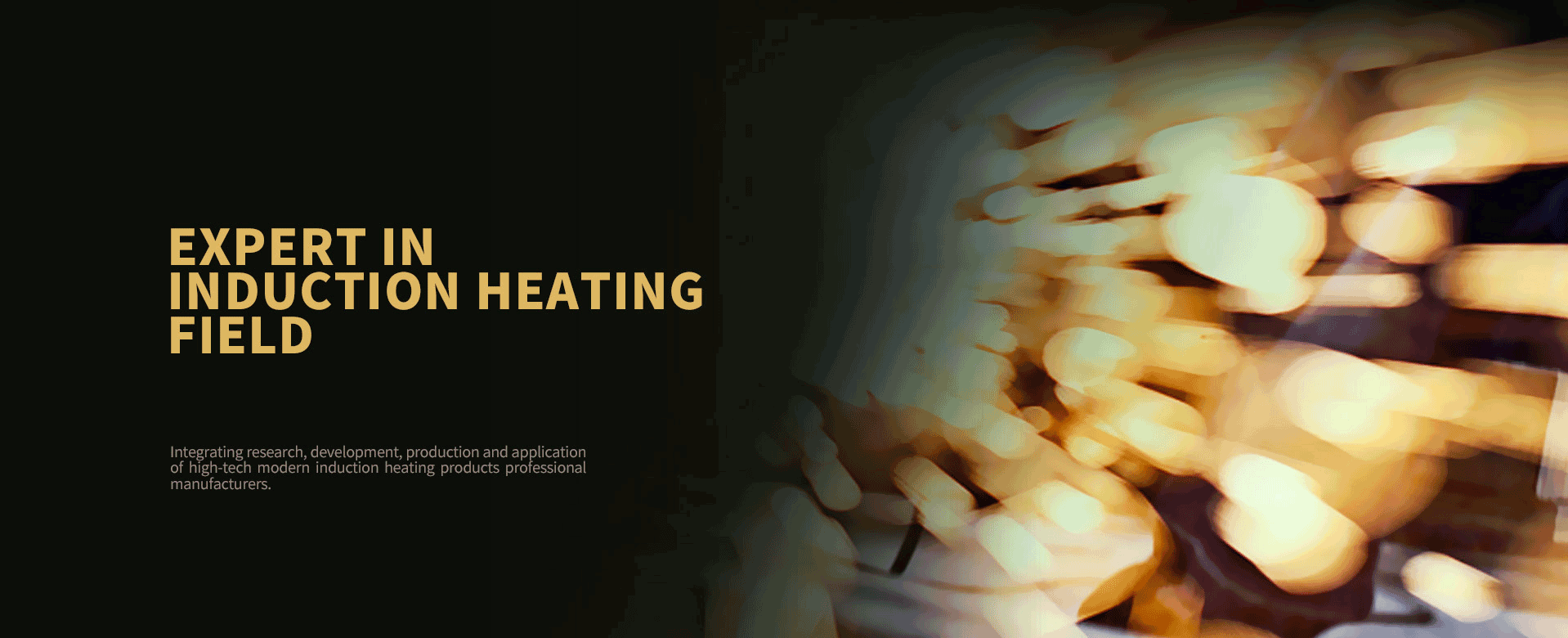The Power Control Methods of Induction-Heating Power Supply
The Power Control Methods of Induction-Heating Power Supply
Since the load impedance of the induction-heating power supply will change with the load temperature or with different heating requirements, it’s difficult to output rated power in many applications for a certain induction-heating power supply. So, power regulation of induction-heating power supply(also called Load Matching) is the most key technology.
The ways of power regulation for induction-heating power supply are mainly divided as: DC side power regulation and inverter side regulation. At present, the three-phase thyristor rectifier and the DC chopper are the two main ways of DC side power regulation method, which can control the output power by changing the DC voltage level. The inverter side regulation is only suitable for series-resonant induction-heating power supply, mainly including Pulse Frequency Modulation(PFM), Pulse Shift Modulation(PSM) and Pulse Density Modulation(PDM).
DC power regulation
The DC power regulation is one of the most important and widely-used power control way. For a three phase SCR rectifier, the DC voltage can be expressed as: Ud=1.35U1cosα, U1 is the effective value of the three-phase input voltage, Ud is the average DC output voltage, α is a SCR trigger angle. The DC output voltage can be changed by shifting the SCRs trigger angle α, so as to adjust the output power of induction-heating power supply.
Three phase SCR rectifier technology, mature, low cost, safe and reliable, has been widely used for many years. But, the output power is determined by the load impedance directly. In most situation, limited by the rated voltage and rated current of the inverter devices, the induction-heating power supply can not output rated power. The expression of grid power factor can be expressed as: PF=0.955cosα. From the formula, We can find that the power factor depends on the DC voltage level. When the load impedance of the induction-heating is mismatch, the output power will be lower than the rated power, the DC voltage will be lower than the rated DC voltage, the power factor will also be poor and the harmonic current will be high.
The DC chopper has advantages as fast responsibility, high regulation accuracy, and high power factor. But the additional cost and the loss of devices are increased. What’s more, the high power supply is difficult to design and manufacture.Therefore, the chopper circuit has only certain practical applications in small induction-induction power supply.
The DC power regulation method can be applied for both series type and parallel type induction-heating power supply, and the parallel type induction-heating power supply can only adopt this DC power regulation method, which is determined by its circuit structure.
Inverter Power Regulation
The inverter power regulation is the specific technology for series resonant induction-heating power supply, decided by its circuit structure. The ability of inverter power regulation is one of the main reasons why voltage type series resonant induction-heating power supply is widely used.
A) PFM Regulation: The switching frequency of the inverter is regulated to change the load equivalent impedance. As a result, the output power of the induction-heating power supply can be adjusted. The PFM power regulation can be used with DC power regulation method together, and also can be directly used in three-phase diode rectifier situation to reduce the complexity and cost. But this regulation method will cause higher surge current or higher surge voltage to switching devices, leading to high switches loss. It may cause serious damage to the switch devices in case of high frequency. In addition, the working frequency will always change with the load parameters and power output, which has bad influences on the heat treatment results.
B) PSM Regulation: The Pulse Shift Modulation is fundamentally a kind of PWM control technology. the RMS value of output voltage can be changed by controlling the pulse phase of dynamic and static bridge arms, and then changes the inverter output power. The range of phase-shifting angle is 0°~180°, the output power is also continuously changed with the phase-shifting angle. However, the switching frequency will change with the phase-shifting angle β. And, the switching devices also cannot guarantee zero voltage switching or zero current switching in the whole phase-shifting range. The switching devices usually work in a state of hard switching situation, leading to higher switching loss, lower efficiency, which limit the regulation range of output power.
C) PDM Regulation:The Pulse Density Modulation method control the output power of inverter by adjusting the number of interver pulse in a control period. The principle can be described as: in a control period T, corresponding to the time Ton, the energy can be fed into the load. And in the corresponding cycle time Toff , the inverter no longer deliver energy to the load. Then, by adjusting the ratio of output pulse density modulation D=Ton/T, the pulse density modulation can change the output power. The relationship between the output power and pulse density modulation ratio D is as:

The Pulse density modulation can ensure the ZCS state for the inverter switching devices within large power adjustment scope. Then the inverter has a good working state, low loss, high working frequency. But the power regulation of this method is not continuous, has certain power fluctuation. And when the adjustment range is rather big, the phase-locking of resonant inverter is difficult. All these disadvantages limit the application of the PDM method.
Pulse Shielding Regulation : The Pulse Shielding Regulation Method, invented by Baoding SanZheng Electrical Equipment Co. Ltd., is a updated technology of the average-pulse-density modulation. In addition to the advantages of traditional PDM method, the Pulse Shielding Regulation Method also has the following features:
Robust load matching adaptability up to three times rated impedance.
Wide power regulating range, rated power can be output for almost all load without changing any parameters of the induction-heating power supply.
Best MOSFETs (IGBTs) switching conditions, low switching loss, high efficiency.
Low output power fluctuation.
High grid power factor and minimum current harmonic.


